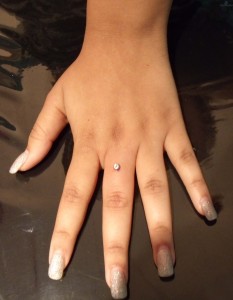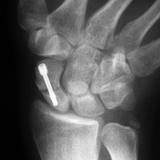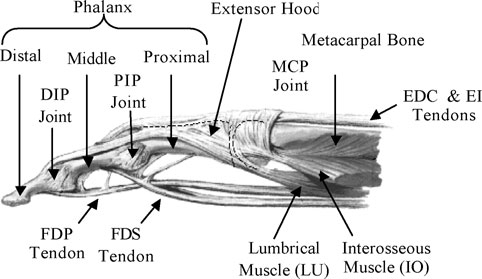The most common fracture of the hand is referred to as a “Boxer’s Fracture”. As the name implies, this fracture is most commonly the result of a striking a solid object with knuckle of the small finger. Usually from angrily punching a wall, other immobile object or from hitting someone else.
San Francisco Giant’s ace pitcher finished his spring training with a new twist on this common fracture. He found out that putting his hand in the way of a hard hit ball (off of his 101 mph pitch) is a good way to start the regular season late. Although I haven’t seen the x-rays, it looks like he suffered an impact to the small finger side of the hand. In this video excerpt from MLB baseball, concentrate on the ball and you can see Madison Bumgarner, in effect “punching” the ball, reportedly causing a fracture of his small finger metacarpal (bone in the hand from the knuckle to wrist bones). Find out more about fracture and sports injuries at TheHandDoctor.com and American Academy of Orthopaedic Surgeons.
Depending on the fracture pattern, these fractures can be set and held in a cast. If out of position, or if the break is toward the base of the metacarpal, (closer to the wrist) pins, or even a plate and screws are needed to correct and hold the fracture in position. In the case of a professional athlete, surgically fixing the fracture to leave nothing to chance, is the way to go. These fractures typically heal in 3 weeks. A professional pitcher will likely miss 6 weeks to rehab his throwing hand. Tough start for Bumgarner and the Giants.
BTW… Opening day today! Let’s play ball!!
Greg Balourdas, MD TheHandDocotor.com





